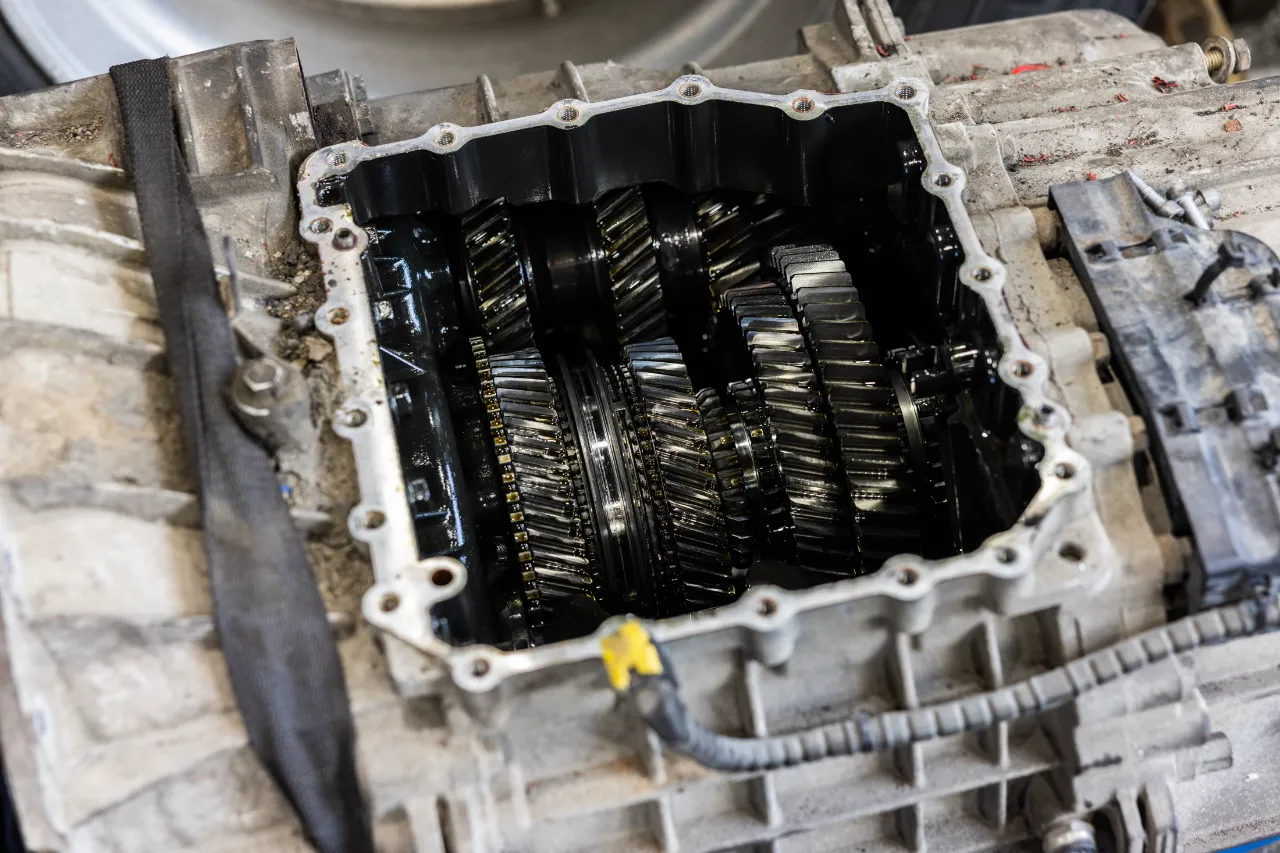How To Prepare For Your Next CVIP Inspection

If you're a truck driver or fleet manager operating in Canada, you know that preparing for a Commercial Vehicle Inspection Program (CVIP) inspection is crucial, not just for compliance but for safety on the road. Whether you're new to heavy haulage or a seasoned professional, understanding how to prepare yourself and your vehicle for your next CVIP inspection is key to avoiding penalties and maximizing vehicle performance. This guide will walk you through the essential steps of CVIP inspection preparation, explain why these inspections are vital, and outline the legalities involved. Get ready to gear up your vehicle to meet the highest roadworthiness standards!
Why Is a CVIP Inspection So Important?
Maintaining Safety and Compliance
A CVIP inspection is not just a regulatory formality; it is a comprehensive assessment that ensures every part of your heavy vehicle is in top-notch condition to safely handle the rigors of long hauls. These inspections are critical because they directly impact the safety of the driver, the cargo, and everyone else on the road.
Legal and Financial Implications
Legally, failing a CVIP inspection but still driving anyway can lead to severe consequences, including hefty fines and potential impoundment of your vehicle. Regularly passing these inspections is required to keep your vehicle legally on the road. From a financial perspective, a well-maintained vehicle that consistently passes its CVIP inspections reduces the risk of costly repairs and downtime due to mechanical failures.
How to Prepare for Your Next CVIP Inspection
Preparing for a CVIP inspection can seem daunting, but with the right approach, you can streamline the process and ensure your vehicle passes with flying colors. Here’s how to get started:
Review the Latest CVIP Standards
Before anything else, ensure you are current with your province's most current CVIP standards. Regulations can change, and being informed will help you meet all necessary requirements. If you’re based in Alberta, then the Alberta Motor Transport Association is a reliable source for the latest updates and changes in standards. If you’re not in Alberta, check with your province’s equivalent of the AMTA for their CVIP (or equivalent) standards.
Conduct Thorough Pre-Inspection Checks
- Start with the Basics: Check all lights, including headlights, tail lights, and signal lights, for functionality. Inspect the windshield for any cracks or significant chips that could impair visibility.
- Under the Hood: Examine the engine for any signs of leaks or corrosion. Check fluid levels—oil, coolant, and hydraulic fluid—and ensure they are topped up and clean. Belts and hoses should be checked for wear and tear and replaced if necessary.
- Tires and Braking System: Tires should have adequate tread depth and be free of cuts or bulges. Ensure all tires are inflated to the correct pressure. Additionally, the braking system must be assessed thoroughly; the brake pads and discs must be checked for wear, and there must be no air leakage in the brake lines.
- Suspension and Steering: Inspect the suspension components for damage or excessive wear. Check the steering for responsiveness and ensure no excessive play or unusual noises when turning.
- Document Everything: Keep a detailed record of all maintenance and repairs done on your vehicle. This documentation can be extremely helpful during your CVIP inspection, demonstrating your vehicle’s history of upkeep.
- Schedule a Pre-Inspection Service: Consider scheduling a service at a reputable diesel repair shop like Heavy Hauler Service and Repair in Edmonton, AB. A professional mechanic can spot potential issues missed during regular checks and perform necessary repairs before the actual CVIP inspection.
- Prepare Your Paperwork: Ensure all your vehicle's paperwork is in order, including registration, insurance, and previous CVIP inspection reports. Having all necessary documents readily available will speed up the inspection process.
Additional Tips for a Successful CVIP Inspection
Engage Your Team
For fleet managers, engaging your team in the CVIP inspection process is beneficial. Educate your drivers and maintenance staff about the importance of the CVIP and the specific standards to be met. Regular training sessions can help ensure everyone is on the same page and committed to maintaining high standards.
Consider Environmental and Operational Factors
Be mindful of how environmental and operational factors could affect your vehicle. For example, vehicles operating in colder climates, like Edmonton, may require special attention to antifreeze levels and the condition of the battery and heating system. Similarly, vehicles used in dusty or off-road conditions might need more frequent air filter changes and undercarriage inspections.
Utilize Technology
Leverage technology to simplify your preparation for a CVIP inspection. Many modern fleet management systems include features that can help you track maintenance schedules, document repairs, and even provide reminders for upcoming inspections. These tools can be invaluable in keeping your fleet inspection-ready at all times.
Conclusion
A CVIP inspection might seem like just another task on your checklist, but its importance cannot be overstated. By following these preparation tips, you can ensure that your vehicle passes the inspection and continues to operate safely and efficiently on the road. Remember, the key to a successful CVIP inspection lies in regular maintenance and being proactive about vehicle care. Stay ahead of the curve and keep your fleet in prime condition with the help of professionals like those at Heavy Hauler Service and Repair. Drive safe, and keep your wheels turning smoothly!


